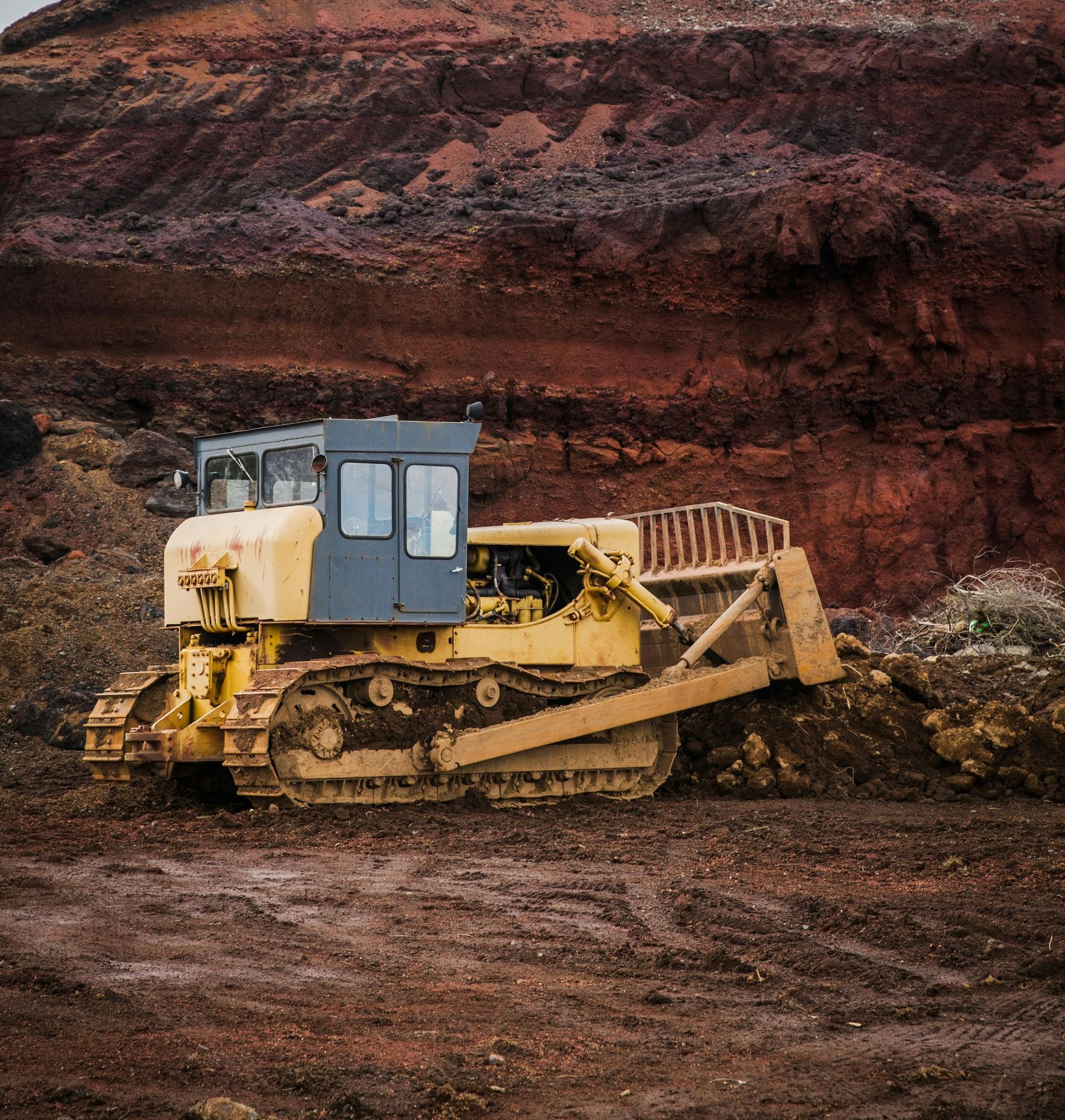How to Get Found on Google Maps as a Land Services Contractor

Ranking in the local Google Map Pack is the #1 free way to get leads as a land clearing, excavation, or demolition contractor. But most businesses never show up there because they don’t know how it works.
Here’s the good news: it’s not a secret algorithm or paid placement. It’s a handful of things done right, consistently.
Step 1: Claim and Fully Build Out Your Google Business Profile
Make sure your listing is 100% complete:
- Name, address, and phone number (NAP)
- Business hours
- Website link
- Categories (e.g., land clearing, excavation contractor, demolition)
- Services section with full descriptions
Add real photos—machines, crews, projects, and your logo. Google loves fresh media.
Step 2: Get Reviews That Mention Your Services + Cities
Google reads reviews. If your customers say “great brush clearing work in Georgetown,” you’ll start ranking for those searches.
Ask your customers to include what type of job you did and where.
Step 3: Upload Job Photos Every Week
Photos show that you’re active and real. Add captions. Tag the city. Include before/after shots.
Even if the job is small, it still builds SEO trust.
Step 4: Use Local Schema on Your Website
This is a little technical, but it’s powerful. Schema is code that helps Google understand your site. Add local business schema to your site footer or service pages. If you need help, we do this for all our clients.
Step 5: Get Local Backlinks
A backlink is when another site links to your website. Reach out to:
- Local directories
- Chambers of commerce
- Contractor associations
- Local realtors or developers
Even 5–10 of these can make a big impact.
What Does Ranking in Maps Actually Get You?
- More calls
- More form fills
- People trust businesses that appear in the top 3 more than those buried below
This is especially true on mobile, where the map is the first thing they see.
Want us to help you show up in your area’s Map Pack? 👉 Get a Google Profile review
Featured Resources



